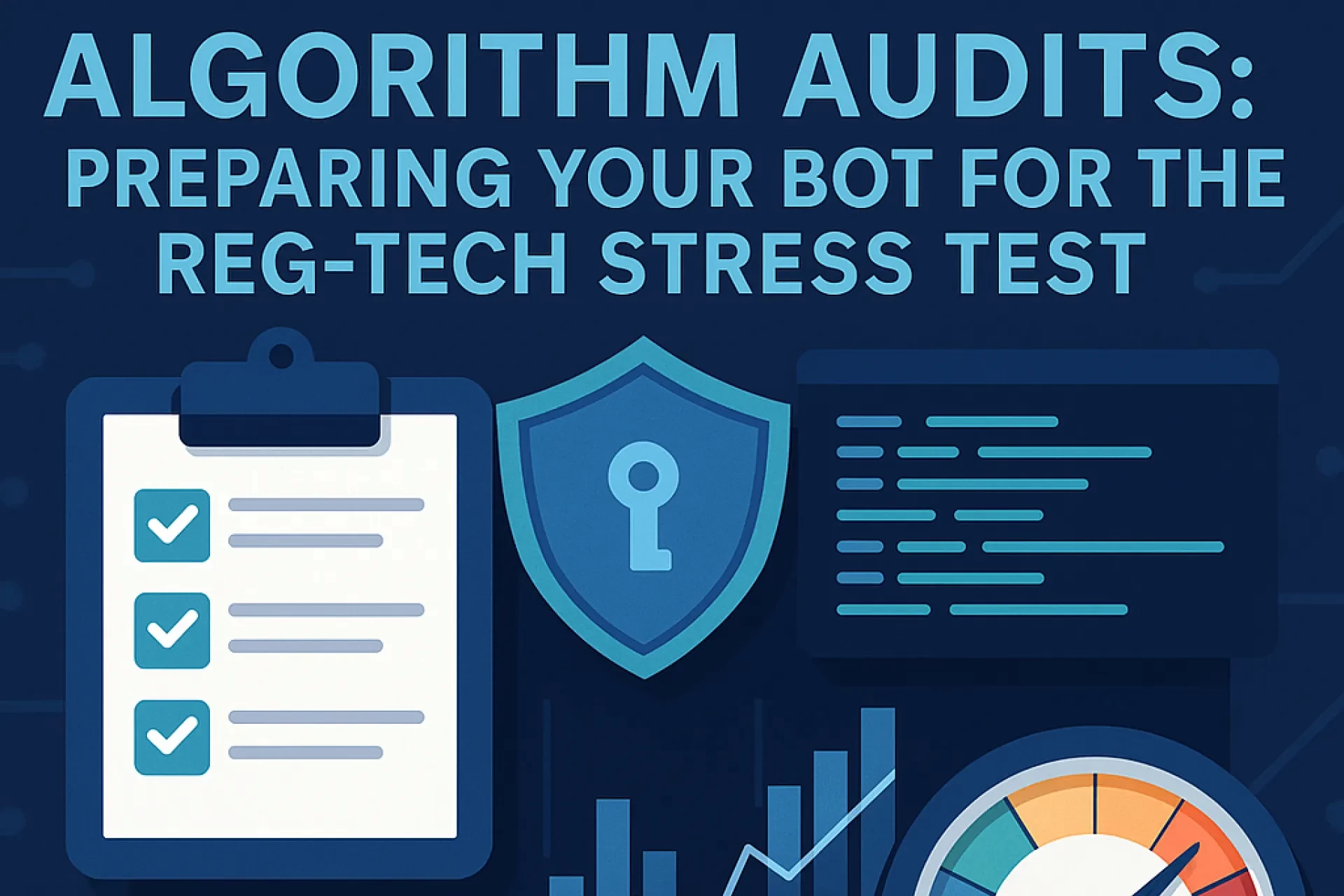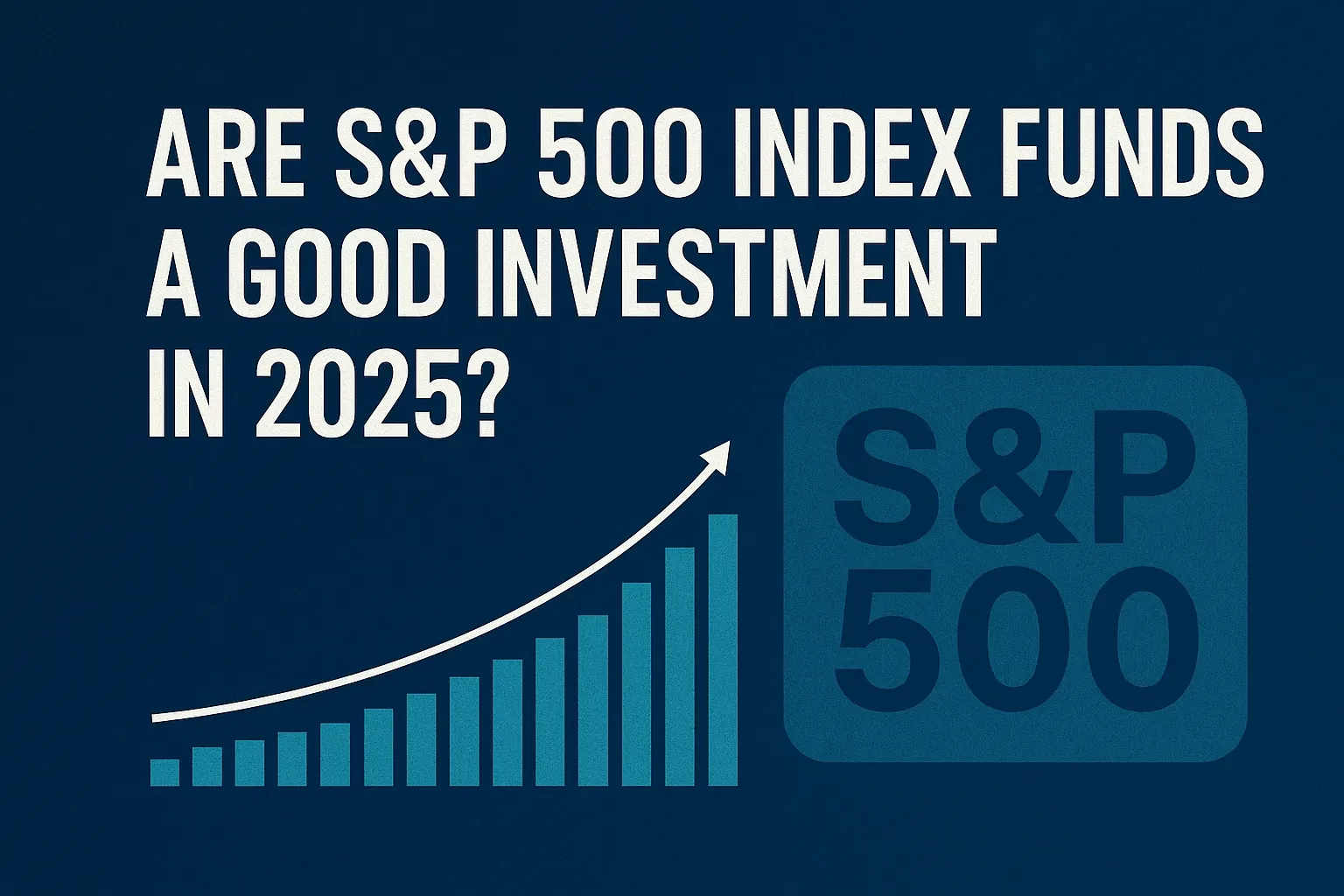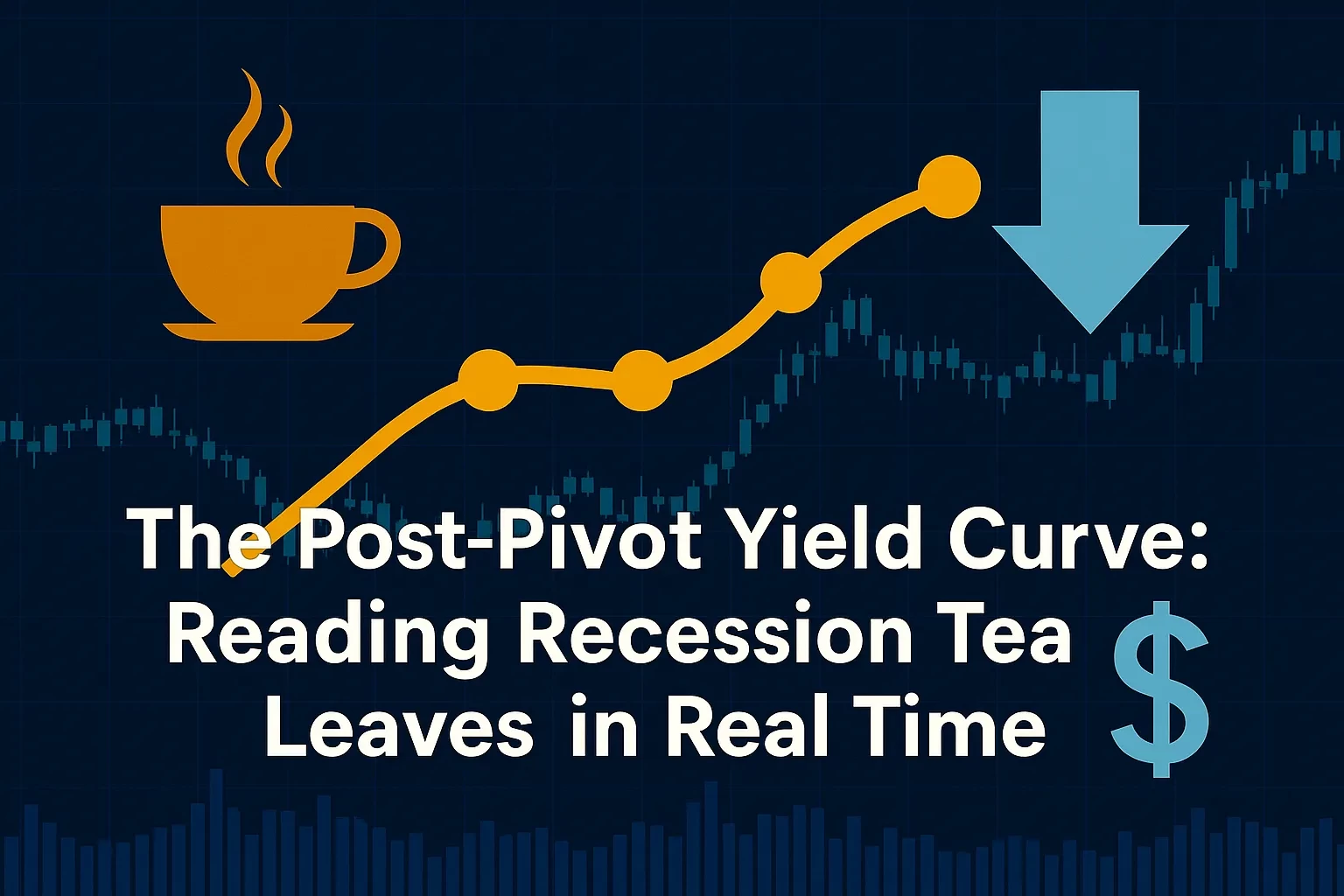Answer up front: Because traders can’t wait a full month for a backward-looking Nonfarm Payrolls (NFP) print, real-time and high-frequency labor indicators—ADP private payrolls, weekly jobless claims, PMI employment indices, job-posting data (Indeed, LinkUp), and small-business surveys (NFIB, Homebase)—often arrive earlier, update more frequently, and better capture turning points. In today’s market, those “alt-jobs” signals frequently re-price USD crosses days or even weeks before the BLS headline hits.
Affiliate disclosure:* If this article later includes affiliate links to broker or data tools, assume we may earn a commission at no extra cost to you. That never affects our editorial analysis (FTC-style disclosure).
Table of Contents
Why this matters now
For years, the first Friday’s NFP dominated FX price action. But as liquidity fragmented and macro cycles sped up, the market shifted to faster reads on employment. In 2025, several credible indicators suggest a cooling U.S. labor market: ADP showed just +54k private jobs in August; ISM services employment stayed in contraction at 46.5; weekly claims briefly spiked before easing; JOLTS job openings slid to 7.18 million, the lowest in nearly a year. Each of these prints landed before or between BLS releases—and USD pairs reacted accordingly as traders front-ran the government report.
At the same time, BLS reported only +22k for August and confirmed ongoing cooling via tables and highlights—while job postings from Indeed and LinkUp had already been trending softer through the summer. When alt-data and official data rhyme, FX reprices sooner.
Bottom line: Alt-jobs data is timelier, sometimes more sensitive to inflections, and now central to USD path-trading between NFP prints.
Definitions and context (plain English)
• NFP (Nonfarm Payrolls): The Bureau of Labor Statistics’ (BLS) monthly estimate of net job creation across U.S. nonfarm employers. It’s comprehensive but arrives with a lag and is often revised.
• ADP National Employment Report: A monthly private-sector payroll estimate using ADP’s client payroll data; not a one-for-one NFP preview, but directionally informative—especially on wages via “Pay Insights.”
• Weekly initial jobless claims (DOL): Fresh, weekly proxy for layoffs; a leading indicator of labor softness.
• PMI employment indices (ISM, S&P Global): Survey-based diffusion indices (>50 expansion, <50 contraction) for hiring in services/manufacturing; timely and market-moving.
• Job openings/postings (JOLTS, Indeed, LinkUp): Official BLS job openings (monthly, lagged) and private high-frequency postings that show real-time demand for labor.
• Small-business labor gauges (NFIB, Homebase): Hiring plans, unfilled openings, hours worked across 100k+ Main Street firms; crucial for service-led economies.
The “NFP 2.0” stack: a practical signal hierarchy for FX
Use this four-tier stack between payroll Fridays to anticipate USD moves:
1. Tier 1 — Fast movers (lead time: days):
• ADP payrolls & pay insights (monthly, 1–2 days before NFP). Surprise magnitudes (>±75k vs. consensus) tend to move DXY and USD/JPY first.
• Weekly initial claims (every Thursday). Jumps or sharp reversals can tilt front-end rates and USD within minutes.
2. Tier 2 — Turning-point detectors:
• ISM services & manufacturing employment (monthly). Sub-50 readings have recently led labor softness narratives; markets react because services drive U.S. GDP.
• Challenger job-cuts (monthly announcements). Spikes raise downside risk to subsequent payrolls and wages.
3. Tier 3 — Demand-side trend keepers:
• JOLTS job openings (monthly, lagged but structural). The slide toward ~7.2M openings confirms a cooling demand backdrop.
• Job postings (Indeed/LinkUp) (weekly/monthly). Offer near-real-time validation of hiring demand by sector and size.
4. Tier 4 — Contextualizers:
• BLS revisions & benchmark updates (annual/prelim). Downward revisions can retroactively reframe USD’s carry path.
Use case: When Tier-1/Tier-2 prints deteriorate while Tier-3 trends drift lower, expect USD to weaken ahead of a soft NFP—especially versus high-beta FX and yield-sensitive JPY.
Step-by-step: How to build an “Alt-Jobs → FX” playbook
• 1) Map the calendar (first). Log release dates/times for ADP (8:15 ET, Wed/Thu pre-NFP), ISM (10:00 ET, early month), weekly claims (Thu 8:30 ET), JOLTS (lagged), NFIB/Homebase (monthly). Maintain the BLS NFP schedule for context.
• 2) Quantify surprise. Compare actuals to consensus (or to 3-month trend). For diffusion indices, focus on distance from 50 (e.g., ISM employment 46.5 = −3.5 below breakeven).
• 3) Chain the signals. If ADP misses and ISM employment <50, reduce your baseline for NFP and fade USD strength—unless weekly claims contradict.
• 4) Cross-check demand with postings/openings. Indeed/LinkUp downtrends + JOLTS lower = persistent cooling; tilt toward USD-bearish vs. cyclical FX (AUD/NZD/SEK).
• 5) Translate to rates. Softer labor implies lower terminal path → front-end UST yields ease → USD softens, especially where rate differentials narrow fastest.
• 6) Risk-manage (see below) and time entries around releases (pre-position small, add on confirmation).
One table to rule the noise
| Indicator | Frequency | Coverage | Typical FX impact window | What it catches best |
|---|---|---|---|---|
| ADP payrolls / Pay Insights | Monthly (pre-NFP) | Private payrolls, wages | Minutes to hours | Early directional cue on hiring & pay growth |
| Initial jobless claims (DOL) | Weekly | Layoffs | Seconds to minutes | Sudden stress or relief in labor loosening/tightening |
| ISM Services/Manufacturing – Employment | Monthly | Hiring sentiment | Minutes | Turning points (sub-50 contractions lead narratives) |
| Challenger job cuts | Monthly | Announced layoffs | Minutes to days | Corporate retrenchment cycles |
| Indeed/LinkUp job postings | Near real-time / monthly | Labor demand by sector | Days to weeks | Slow drifts in hiring appetite |
| JOLTS job openings | Monthly (lagged) | Openings & quits | Hours | Structural tightness vs. unemployment |
| BLS NFP | Monthly | Comprehensive jobs & wages | Hours to days | Validates or refutes the pre-pricing |
Takeaway: The earlier, higher-frequency indicators often move USD before NFP confirms the story.
Sources: ADP; U.S. Department of Labor; ISM; Challenger, Gray & Christmas; Indeed Hiring Lab; LinkUp; BLS.
Mini case study (2025 summer): a cooling mosaic that front-ran NFP
• Early signals: ISM services employment held at 46.5 (contraction) while manufacturing employment printed 43.8 in August—both soft.
• Demand bleed: Indeed’s Job Postings Index hovered ~6.8% above pre-pandemic but drifted sideways; LinkUp’s “10,000” index showed a four-month downtrend into August.
• Layoff pulse: Challenger announced 85,979 cuts in August (+39% m/m).
• Claims jitter: Weekly jobless claims spiked, then retraced to 231k—still above the ultra-low prints of early summer.
• Result: By NFP day, markets had already discounted weaker labor momentum; the BLS’s +22k headline validated the pre-pricing. USD softened into the print against low-beta EUR and more sharply versus JPY as front-end yields eased.
Simple math: If your model put baseline NFP at +120k but you haircut by
• 40k for ISM employment <48,
• 30k for ADP miss vs. consensus, and
• 20k for Challenger spike,
you’d land near +30–60k, closer to the realized +22k than the street’s earlier +75–100k whispers. (Illustrative only; calibrate to your backtests.)
Pros, cons, and how to manage the risks
Pros
• Timeliness: Alt-jobs data hits the tape weekly or early-month.
• Breadth: Captures small-business/Main Street dynamics ignored by top-down series.
• Leading qualities: Hiring intentions and postings often turn before payrolls.
Cons
• Methodology differences: ADP ≠ BLS; correlations drift over time.
• Noise/fraud artifacts: Claims can be distorted by administrative issues (e.g., state-level fraud blips).
• Revisions & lags: JOLTS is monthly and lags; BLS revises past months, altering the narrative ex-post.
Mitigations
• Use a composite z-score across ADP surprise, ISM-employment distance from 50, 4-wk avg claims change, and postings momentum.
• Fade single-print extremes unless confirmed by at least one other tier.
• Throttle size around known release minutes; widen stops; consider options to bound risk.
Common mistakes & expert tips
Mistakes
• Treating ADP as NFP nowcast. It’s informative but not a 1:1 predictor.
• Ignoring services employment. In a services-led economy, ISM services employment <50 is a big deal.
• Overweighting JOLTS for near-term trades. Useful context, but it’s lagged.
Tips
• Sequence matters: Claims (Thu) can reshape Friday FX bias even when ADP/ISM were soft earlier in the week.
• Watch small-biz openings: NFIB’s unfilled jobs falling to ~32% in August marked the lowest since 2020—evidence of cooling tightness.
• Track posting breadth: If postings are up m/m but only in healthcare/education, don’t extrapolate to broad strength.
Compliance and U.S. regulators you should know
• CFTC & NFA (for retail FX): U.S. retail FX is overseen by the Commodity Futures Trading Commission and the National Futures Association. NFA Rule 2-36 governs retail forex conduct; RFEDs must register and meet supervisory standards. (CFTC/NFA).
• Risk reality: CFTC economist work and broker disclosures show that ~51%–74% of retail FX accounts lose money over four recent quarters. Trade small, use hard stops, and avoid over-leverage. (CFTC, 2024).
• Advisories: The CFTC has issued customer advisories on scams and diligent supervision—relevant when you evaluate brokers, signals, and automation vendors.
Plain-English risk disclaimer: Trading forex and CFDs involves significant risk of loss and is not suitable for every investor. Past performance does not guarantee future results. Never trade money you cannot afford to lose. (CFTC/NFA guidance summarized).
Putting it to work: your NFP-2.0 checklist (weekly)
• Monday–Wednesday: Pull ISM employment and ADP; create a quick dashboard of surprises vs. 3-mo trend.
• Daily: Monitor Indeed/LinkUp postings momentum by sector; flag multi-week drifts.
• Thursday 8:30 ET: Trade the claims print with pre-set scenarios (see below).
• Monthly: Add Challenger and NFIB/Homebase to gauge cuts and small-biz hiring appetite.
• First Friday: Size down into NFP unless the mosaic is unanimous; look to fade knee-jerk if NFP deviates but alt-data disagrees.
Scenario grid (example):
• Soft ADP + sub-50 ISM employment + rising 4-wk claims: Bias USD lower; favor long JPY or long gold vs. USD on pullbacks.
• Firm ADP + >50 ISM employment + falling claims: Bias USD higher; consider USD/JPY topside with tight trailing stops.
FAQs
Conclusion: Next steps for you
• Build the NFP-2.0 dashboard (ADP, ISM employment, 4-wk claims, postings momentum, Challenger, NFIB/Homebase) and update it weekly.
• Backtest your composite z-score against DXY, USD/JPY, and EUR/USD during 2024–2025 to set thresholds.
• Trade the sequence, not just the event. Pre-position small, add on confirmation, and always cap risk.
• Learn more:
• Internal guides: [Forex risk management 101](/guides/forex-risk-management), [How to trade macro calendars](/guides/macro-calendar).
• Primary data: BLS, DOL, ISM, S&P Global PMI, NFIB, ADP, Indeed Hiring Lab, LinkUp.
































